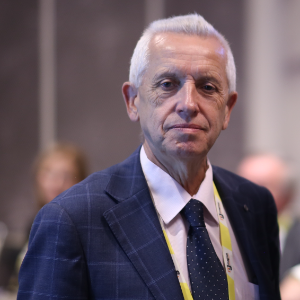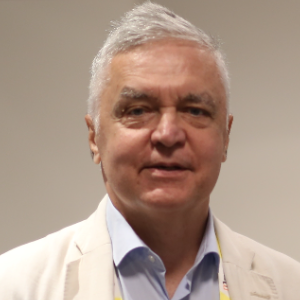Catalysis:
Catalysis is a process in which a substance speeds up a chemical reaction without being consumed or altered in the process. Substances that can accomplish this remarkable feat are called catalysts and are of immense importance in chemistry and biology. In chemistry, a catalyst is a substance that speeds up the rate of a reaction without itself being consumed in the reaction.
Classification:
Catalysis may be divided into two main types homogeneous and heterogeneous. Homogeneous catalysis is catalysis in a solution by a soluble catalyst. Homogeneous catalysis assigns to reactions where the catalyst is in the same state as the reactants, particularly in solution.
Heterogeneous catalysis is one where the reaction components are not in a similar phase. Enzymes and other biocatalysts are frequently considered as a third category. Similar mechanical principles apply to heterogeneous, homogeneous, and biocatalysis.
Porous Materials:
Porous material can be described simply as any solid containing void spaces, i.e., space not occupied by the main framework of atoms that build up the structure of the solid. Porous materials emphasizing high surface areas, narrow pore size patterns, and tuneable pore diameters have attracted a great deal of attention due to their relevant properties and applications in various areas including adsorption, separation, sensing, and catalysis. With the development of a wide range of these materials with changing morphologies (e.g., hexagonal, cubic, rod-like), structures (e.g., silicates, carbons, metal oxides), and functionalities, this field is currently one of the most advanced in materials science.
Examples: Sponges, wood, rubber, and some rocks are porous materials. In distinction, marble, glass, and some plastics are not porous and contain very few open pockets of air (or pores). A rock with good porosity is an important feature of an oil well.

Stanislaw Dzwigaj
Sorbonne University, France
Dai Yeun Jeong
Asia Climate Change Education Center, Korea, Republic of
Sergey Suchkov
N.D. Zelinskii Institute for Organic Chemistry of the Russian Academy of Sciences, Russian Federation
Enrico Paris
CREA-IT & DIAEE, Italy
Rabeharitsara Andry Tahina
GPCI-ESPA Antananarivo University, Madagascar
Jiri Dedecek
J Heyrovsky Institute of Physical Chemistry , Czech Republic
Uday Som
Research and Development Engineer, Japan
Vladimir G Chigrinov
Hong Kong University of Science and Technology, Russian Federation



Title : Distant binuclear vanadium V(II) cationic sites in zeolites and their reactivity
Jiri Dedecek, J Heyrovsky Institute of Physical Chemistry , Czech Republic
Title : Advanced nanostructures for carbon neutrality and sustainable H₂ energy
Tokeer Ahmad, Jamia Millia Islamia, India
Title : Personalized and Precision Medicine (PPM) as a unique healthcare model via bi-odesign, bio- and chemical engineering, translational applications, and upgraded business modeling to secure the human healthcare and biosafety
Sergey Suchkov, N.D. Zelinskii Institute for Organic Chemistry of the Russian Academy of Sciences, Russian Federation
Title : Antibody-proteases as a generation of unique biomarkers, biocatalysts, potential targets and translational tools towards nanodesign-driven biochemical engineering and precision medical practice
Sergey Suchkov, N.D. Zelinskii Institute for Organic Chemistry of the Russian Academy of Sciences, Russian Federation
Title : Dimethyl ether synthesis from syngas over Cu-Zn/Al2O3 catalysts prepared using the Sol-Gel method
Uday Som, Research and Development Engineer, Japan
Title : Influence of various catalysts on H₂ enhancement and CO2 capture during syngas upgrading
Enrico Paris, CREA-IT & DIAEE, Italy
Title : Photoaligned azodye nanolayers : New nanotechnology for liquid crystal devices
Vladimir G Chigrinov, Hong Kong University of Science and Technology, Russian Federation
Title : Application of vanadium, tantalum and chromium single-site zeolite catalysts in catalysis
Stanislaw Dzwigaj, Sorbonne University, France
Title : Advances in heterogeneous catalysis for green conversion of propene to aldehydes and alcohols
Ram Sambhar Shukla, CSIR-Central Salt and Marine Chemicals Research Institute (CSMCRI), India
Title : Oxidation of methane to methanol over pairs of transition metal ions stabilized in the zeolite matrices
Jiri Dedecek, J Heyrovsky Institute of Physical Chemistry , Czech Republic